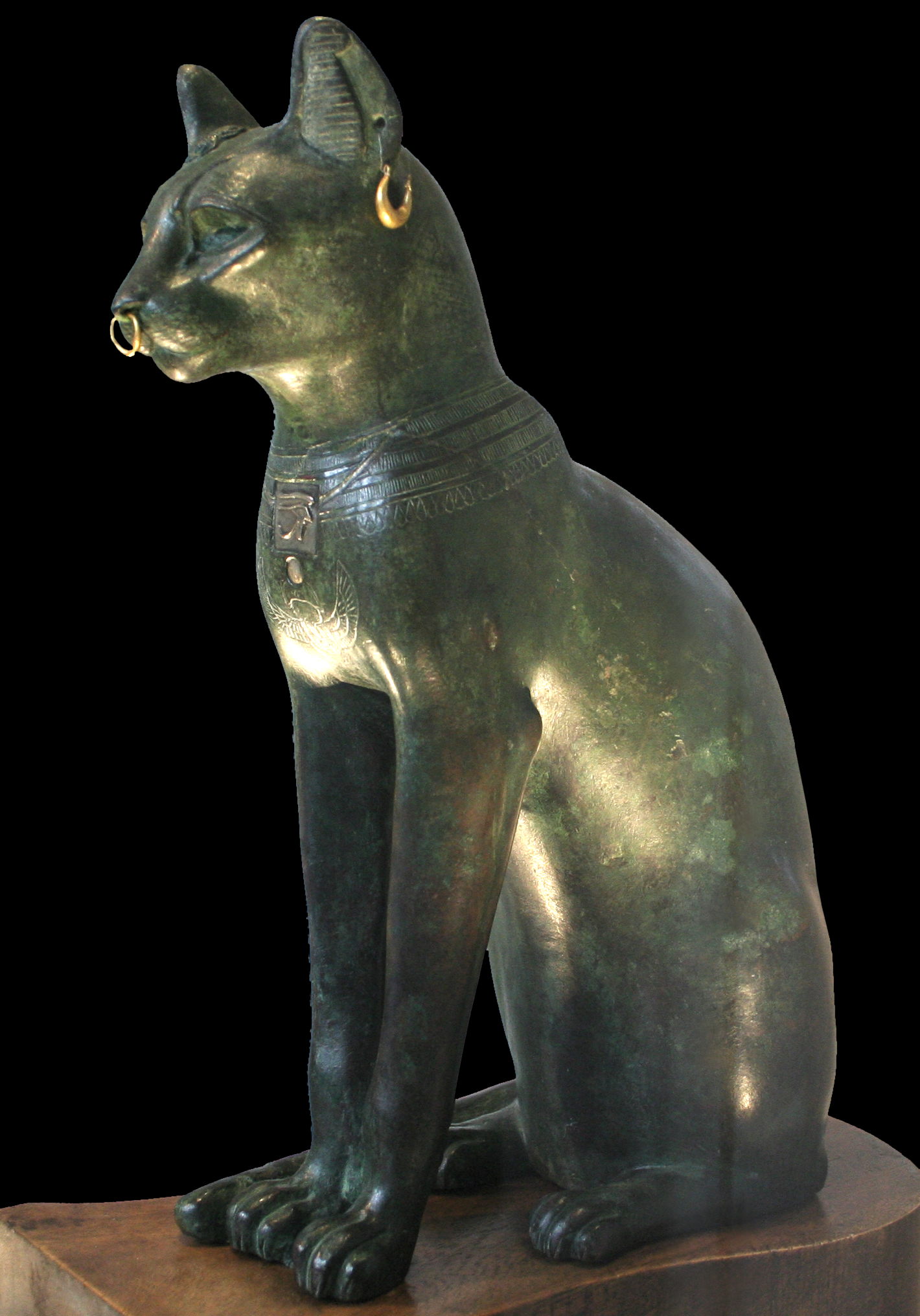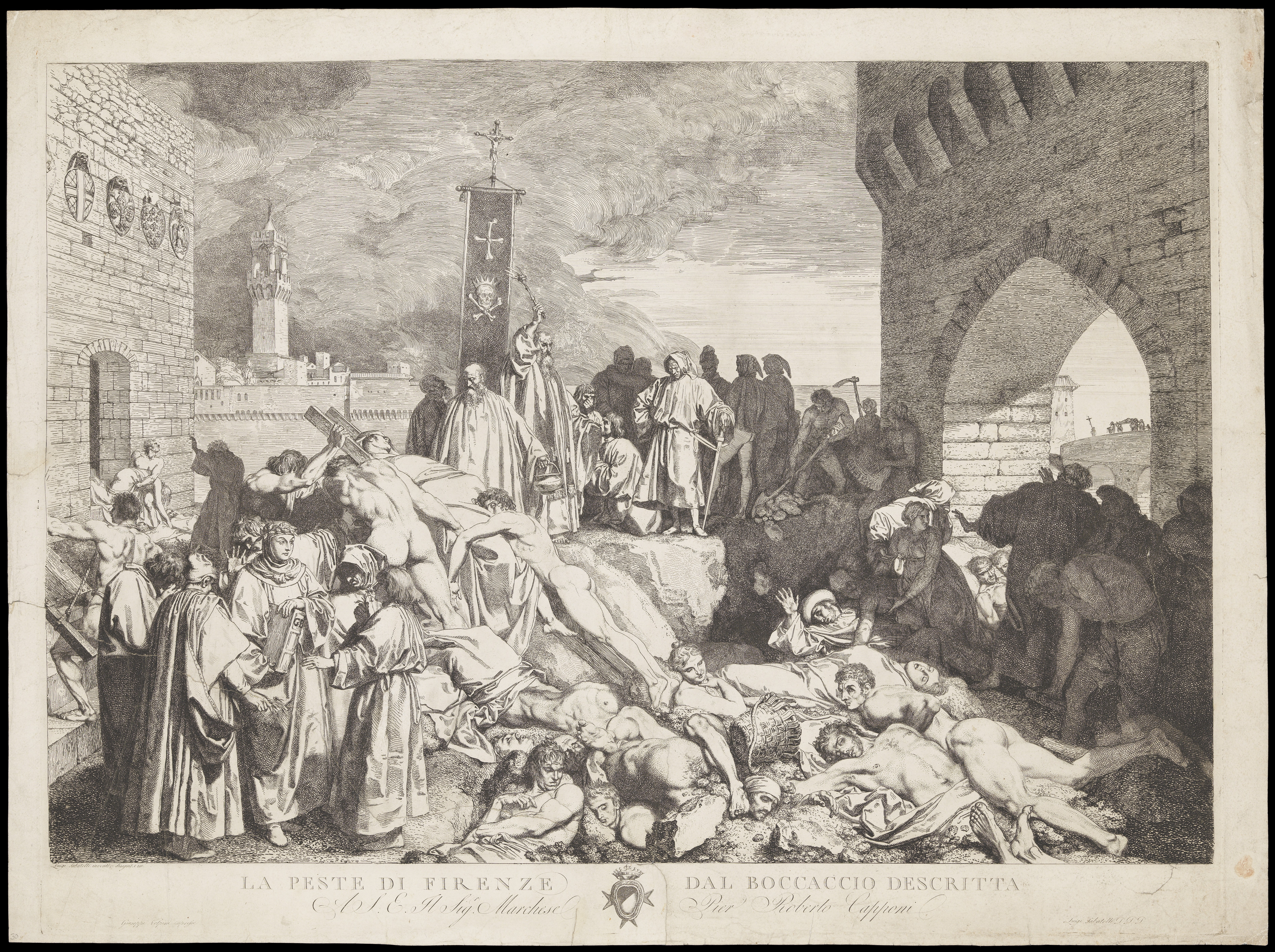Love them or loathe them, cats are fascinating creatures. And there are plenty of cats in folklore and myth. The ancient Egyptians revered them so much that killing a cat became a punishable offence. The cat deity, Bastet, defended the pharoah, cats, and children.

Cats in folklore occupy many roles. Whether they’re stealing souls for the Devil, witches in disguise, or good luck charms on board ship, they appear in a whole range of stories. As we’re about to tip into in Halloween Month (aka October) I figured it was a great time to get to know this maligned witch’s familiar and explore some tales of cats in folklore!
Hit play below to listen to the podcast episode, or keep reading!
Cats will steal the breath of babies.
An old English belief sees cats climbing into cribs to suck the baby’s breath until it suffocates. A jury in Plymouth even found a cat guilty of infanticide in 1791.
No one knows where the story comes from. Some think the cat is jealous, others think the cat is after the milk on the baby’s lips. Personally, I think it relates to older superstitions around the soul. Gavin Francis, in his excellent book Adventures in Human Being, notes the Renaissance belief that the soul attached to the body at the lips.
Given the belief that cats steal souls for Satan, where better to find them than on the lips?
Cats in folklore don’t make good Christmas creatures.
Northern Europe has Krampus, Iceland has Jólakötturinn. This giant Yule Cat prowls around at Christmas looking for victims. Weirdly, he doesn’t persuade children to behave better. Instead, he pursues anyone who isn’t getting new clothes for Christmas.
Those who finished household chores before Christmas got new clothes. The Jólakötturinn peered through the windows to check got clothes, and who didn’t. The Jólakötturinn ate those who didn’t, because it implied they’d been too lazy to finish their chores.
The oldest written versions of the tale date to the 19th century, though some think it dates back to the Dark Ages. Getting your weaving and spinning finished in time to make new clothes for Christmas made a good incentive to work harder.
As cats in folklore go, he’s pretty hardcore. Danny Elfman worked on a short animation about the Yule Cat which you can watch here.
Cats brought the Black Death and worked with the Devil.
Seen as the familiar of witches, people in the Middle Ages thought cats were also best mates with the Devil. Their breath infected you with consumption and their bite was poisonous. So when the Black Death got to work in the 14th century, thousands of cats were killed to prevent the spread of the disease. Such a shame they didn’t realise the cats could kill the rats carrying the plague.

A belief in the American South said the Devil punished those who drowned cats. Hardly surprising, if they were doing his dirty work for him.
You could also tell if a dead person had been possessed before death if a cat sat on their grave.
And two cats fighting either on a grave, or near a dying person, were actually an angel and a demon fighting over the soul.
Cats like to steal souls.
Possibly the queen of cats in folklore, the Cat Sìth, a large black cat with a white patch on its chest, wanders around Ireland and Scotland looking for souls. People played loud music at wakes to distract her. No one burned fires in the same room as a corpse so she wouldn’t curl up beside the body.
According to the legends, she was actually a witch who could turn into a cat. As cool as that sounds, she could only do it nine times. The last change saw her stuck as a cat.
People left saucers of milk outside for her at Samhain (now known as Halloween). She’d bless the houses of those who left milk, and curse those who didn’t.
Some believe Norwegian Forest Cats are either fairies or goblins – you have to look into their eyes to work out which they are. That links with other beliefs that you can see the fairy world by peering into a cat’s eyes.
Buried Cats
Margaret M. Howard discusses the sheet number of mummified cats found during demolition work in old houses (1951: 149). Back in 1951, the main reasons they were believed to be there were as foundation sacrifices, to scare vermin, or accidentally sealed in during building work (1951: 149). Why are they there when you could just make a witch bottle?
In discussing these cat “sacrifices”, she compares cats to the hare, with both animals “credited with being witches’ familiars”. She also notes that the cat’s “reputation for magical qualities” came from the Romans when they “appeared” to introduce the cat to Britain (1951: 150).

Howard tries to link the cat mummification in ancient Egypt with cats mummified within buildings, but I’m not convinced. Howard herself seems more sold on the idea of cats walled up as vermin-scares, as a feline equivalent of the scarecrow (1951: 151).
She does note a range of old European superstitions about cats from the Middle Ages, which are fairly horrific. According to her, people buried black cats under fruit trees in Transylvania and Bohemia to help them grow. Meanwhile, farmers buried male black cats in fields on Christmas Eve “to prevent evil spirits from harming the crops”. So as much as the cat represented the Devil, it could also protect harvests and animals through its death.
Other Superstitions
Patti Wigington notes a mountain-based superstition that a farmer’s cattle would die if he killed a cat. Arable farmers needed to take note, too – killing a cat could kill your crops (2018).
Wigington also highlights a legend in Wales and France – stepping on a cat’s tail will make a girl unlucky in love. If she’s single, she’ll have to wait a year after she’s stepped on the tail to meet a husband. If she’s engaged, he’ll call off the wedding (2018).
Cats and weather go hand in paw.
English folklore claims cats predict windy weather by clawing at the curtains. In Wales, people believed rain was on the way if a cat’s eye dilated, or if it washed its ears.
If your cat sneezes, it means rain will come. A frisky cat means wind is on the way.
These links between cats and predicting the weather lead us naturally to sailors. According to some superstitions, some sailors also believe cats cause storms at sea.
One tale tells the story of a witch who went on a sailing trip with her fiance. The rest of the crew wanted her thrown overboard, believing it bad luck to have a woman on the ship. They turned out to be right since she called up a storm and wrecked the ship.
She now haunts the seas as a cat, and some fishermen still throw fish to her, to stop her doing it again.

I don’t know if the belief links to this story, but some sailors think a cat falling overboard will bring a storm. Other cat superstitions see black cats as lucky for British and Irish sailors. Having a cat like Tiddles on board was a great way to take good fortune with you. And when you think about it, cats help keep down rats, which is a good way to preserve your rations.
Colour matters in the cat world.
In some countries, black cats bring bad luck, but one English superstition claims black cats bring good luck as a wedding gift. Any cat who sneezes near a bride will bring good luck to her wedding day.
If a funeral procession meets a black cat, another family member will die. (I’d imagine they would, at some point).

Black cats crossing your path in North America bring bad luck, while white cats bring good luck. Switch the colours in the UK. And in Japan, many see black cats crossing your path as a good omen!
Russian Blue cats are lucky in Russia, while lots of cultures consider cats with extra toes lucky.
Phew! Who knew there was so much to cats in folklore?
Do you own a cat? Post a photo in the comments below so I can see! And sign up to get posts like these in your inbox every week, along with a handy guide to protecting your home with folklore.
References
Howard, Margaret M. (1951), ‘252. Dried Cats’, Man, 51, pp. 149-151.
Wigington, Patti (2018), Cat Magic, Legends, and Folklore, Learn Religions, accessed 26 September 2019.
Nutty about folklore and want more?
Add your email below and get these posts in your inbox every week.
You'll also get my 5-step guide to protecting your home using folklore!







Love love love this post. But one question, there’s a breed of cat with extra toes? And that cat on board the boat ADORABLE! Can’t believe it was born at sea
I don’t know if there’s a specific breed with extra toes but they’re pretty cool!
They are called hemmingway cats or polydactyls.
The great explorer, Mathew Flinders, took his cat Trim everywhere with him He circumnavigated the uncharted coastline of Australia in 1802, and Trim explored inland with him. He was called Trim because his white tips looked like he was wearing a dress suit. Top little cat!
Aw Trim sounds amazing!
I knew some of that about cats, but others was new to me. Thanks for sharing.
My pleasure!